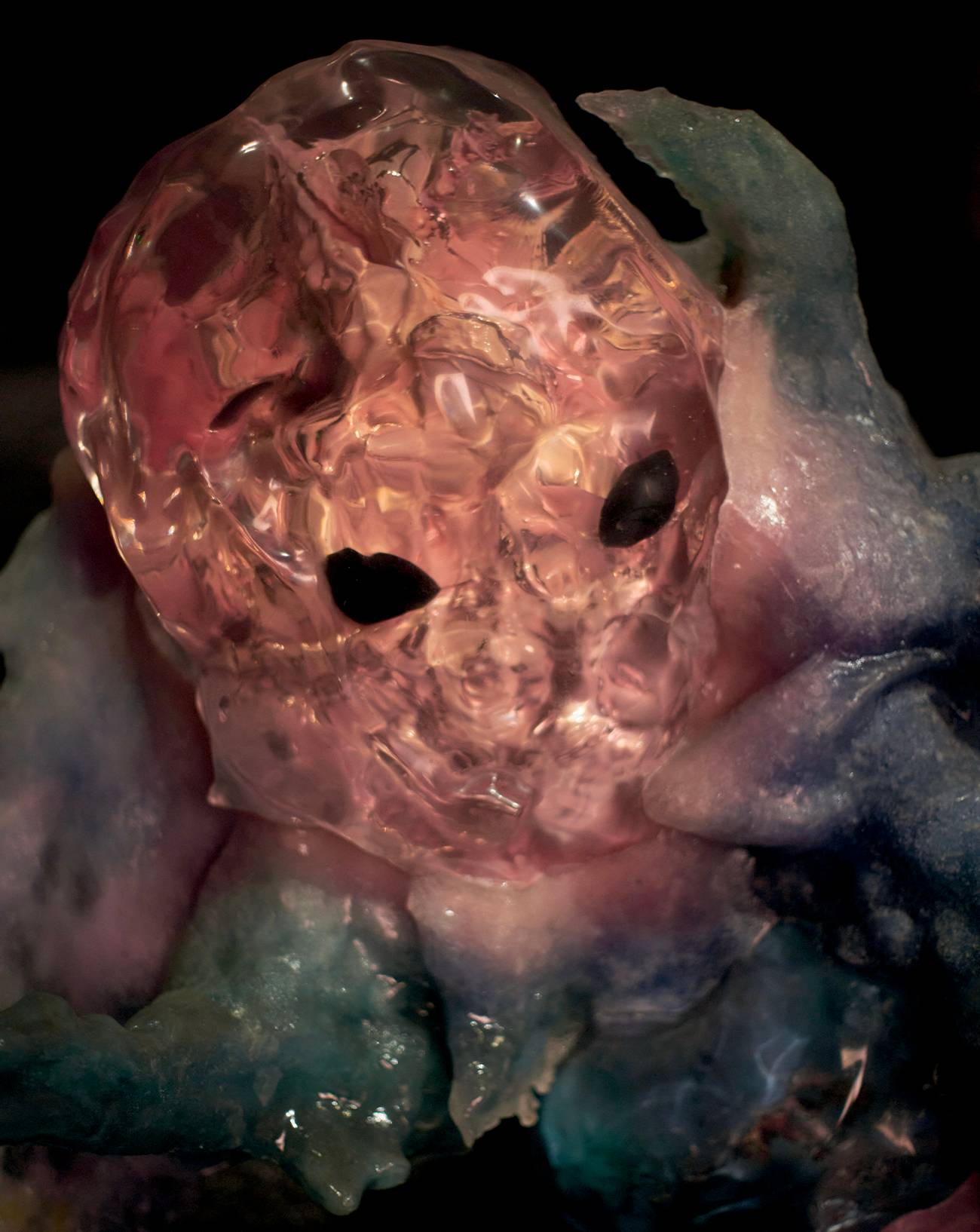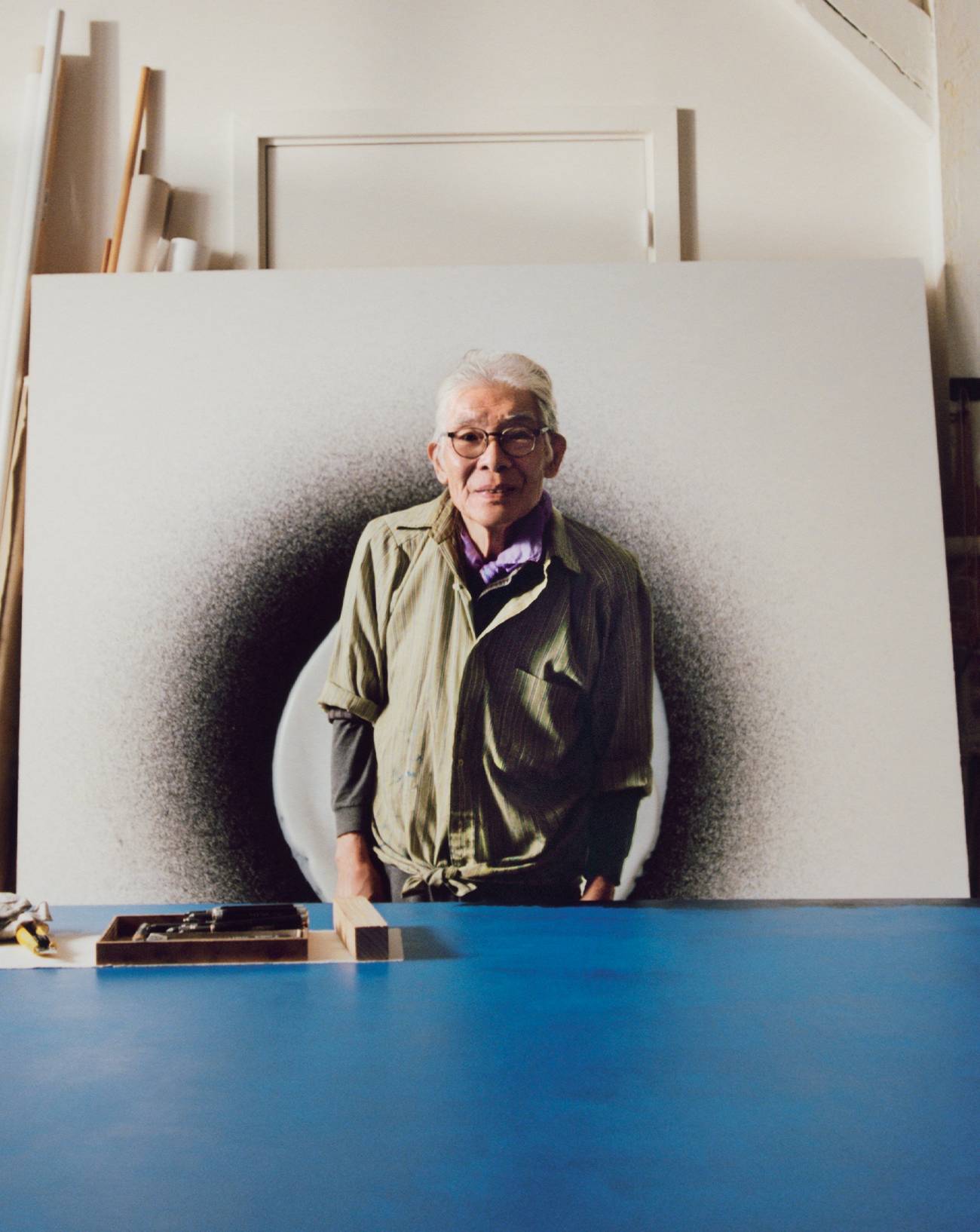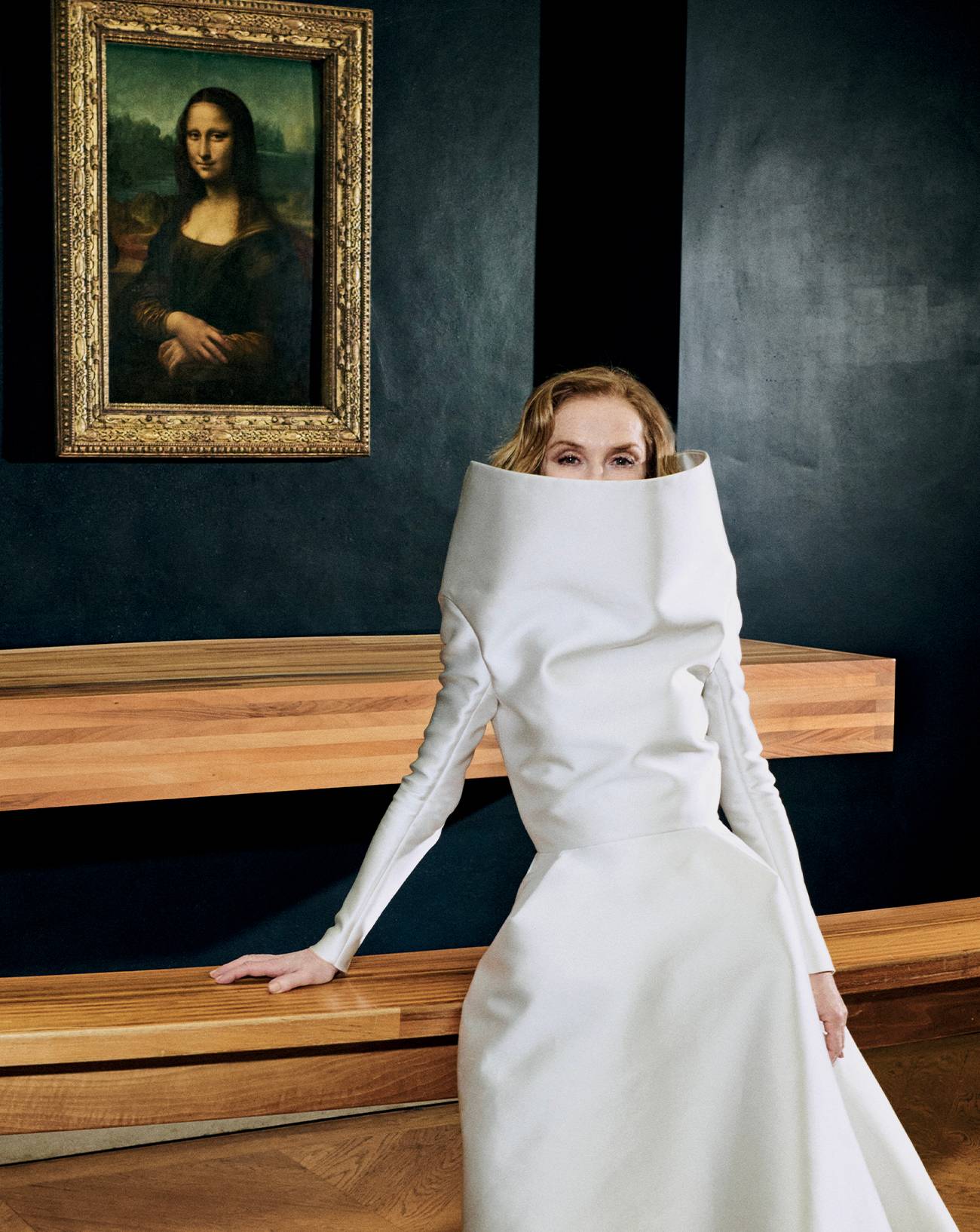Photo : Peter Cox. Courtesy of Zeno X Gallery, Anvers.
Numéro: In your teenage years, long before you studied fashion, you took a three-year art course at the Sint-Lukas School of Arts in Belgium. What was your relationship with art and creation at the time?
Martin Margiela: I had a strong interest in the history of art, which has never left me so far. At the time, I admired Baroque painters for their technical mastery, Picasso for his freedom and the Surrealists for their sense of diversion. It was in the 1970s, I was obsessed with pop art and Andy Warhol was my god. The school taught us first and foremost how to look, then how to understand perspective, the drawing techniques and rendering of materials, draperies, live models (body and portrait), still lifes, landscapes... It was a very intense, almost military training, which served me a lot later in life. On the other hand, I only understood what creation really was once I had acquired the basics.
I was obsessed with pop art and Andy Warhol was my god.”
Since you left the fashion industry in 2009, you have dedicated your time to visual arts exclusively. Truth is, you used to design artworks even before that. Can you tell us more about these early works?
They were mostly interventions on found objects... the remains of flip-flops left on distant beaches, paintings on old advertisements, faces of movie stars covered with nail polish, or collages on magazine covers. Then, they became pencil portraits on canvas, oil pastel bodies on velvet, trompe-l’œil made with carpet, etc.
Your first monographic solo exhibition at Lafayette Anticipations in 2021 opened with the image of a deodorant. This deceptively trivial object was even used as the exhibition poster. To what extent does the banality of an object appeal to you?
I have always been an observer, and I have always found it exciting to distort objects, which are often banal ones. Artworks that raise a question stimulate me. For my first solo exhibition, I wanted a poster that looked like an advertisement for a trivial object. The chosen monumental image of a deodorant hanging on the façade of the Foundation marked the beginning of the exhibition. That object eventually became an annoying advertisement in my film Light Test, shown at the end of the exhibition. It even gave birth to a commercialized limited edition, as the disposable case was made from recycled plastic, and the fake soap part was made in precious Nymphenburg porcelain.
Photo : Zhao Yihan, Tian Yu. Courtesy of M WOODS.
After a twenty-year-long career, my passion for fashion died out.”
Skin and hair are leitmotifs in your work...
My father was a barber and, as a child, I spent all my free time observing everything from a corner in his salon. I was especially intrigued by the ceremonial shaving that took place with each customer. Later, my mother introduced wigs, a fascinating world as I recall. My resulting obsession seems very natural to me.
Is there continuity or rupture between your activities as a fashion designer and as an artist?
I am proud of what I have been able to achieve during my career in fashion. But after twenty years, the passion died. I have evolved since 2009, but I haven’t changed. My tastes, interests and approaches have remained the same. It took me twelve years to feel ready to introduce my work to an audience. Until then, I used to keep my art private and work alone in my studio. The freedom to show an artwork only when it is done is a wonderful and very natural feeling, but impossible to do with the pace of fashion.
Some of the elements in your art were already present in your fashion collections, such as the use of white paint and plaster...
If you are referring to the use of white, which I chose for my fashion house, the explanation is simple. When I started out in 1988, the trendy color was concrete gray, and designer furniture was black. I had a strong desire to break with these customs and to stand out, so white was the solution.
© Martin Margiela.
Is there any truth to the myth that your first business purchase in 1987 was a photocopier, which you used as a creative tool?
I have always been fascinated by copying and reproduction. In fact, for several years I took courses in copying old masters, learning the techniques of the Egyptian Fayoum, Antonello da Messina and Rembrandt. I worked on reproduction in my work Bodypart b&w, where I draw a part of an academic body and its mirror facing each other on a projection screen.
It took me twelve years to feel ready to introduce my work to an audience.”
You also work from existing videos and films. What are you specifically looking to extract from them?
I have always found the parts that nobody ever pays attention to intriguing in old black-and-white films, such as the primers, full of dust or burns. I used freeze-frames on these fascinating forms and painted them with oil on canvas coated with glass beads. Interior and Lip Sync also are painted or engraved freeze-frames.
Your work highlights everyday objects. You invite us to look at them in a new light.
Indeed, sudden inspirations arise as I walk in the city. Just like the bus shelter I covered with faux fur, I am still covering other urban elements with the same material. The latest one, the barriers of a construction site, will soon be on display.
© Martin Margiela.
One of your works, entitled Dust Cover, is a brown leatherette cover that conceals what is hidden underneath.
I’m always drawn to the concept of questioning and mystery. The shape of the Dust Cover doesn’t match what is concealed underneath. Art can either conceal or reveal.
Many of your artworks are tinged with an extreme sensuality, and a certain eroticism at times. What role does desire play in your work?
Since my favorite subject is the human body, I can’t be insensitive to desire, sensuality, eroticism, and even pornography.
You are preparing a new exhibition at the Bernier/Eliades Gallery, in Athens and Brussels. What will you be exhibiting?
It will be a mix of previously unseen and well-known works. The theme “Tops &Bottoms”, which has never been exhibited before, consists of cut-outs from prints of antique plaster sculptures... I have also created new forms, often mules, based on remnants of flip-flops or shoes washed up on tropical beaches, which I have been collecting since 2011. Entitled Shore Shoes, they will be presented in two-sided Plexiglas boxes, so that the audience will be able to see the back as well. The Smoke series encompasses five lithophanes and portraits of men exhaling smoke, made in Nymphenburg porcelain and presented on backlit structures. Finally, construction site barriers, which are presented in squares of four, or as wall-mounted single pieces, are covered in faux fur.
Exhibitions at the Bernier/Eliades Gallery in Athens, from March 7th, and in Brussels from March 14th, www.bernier-eliades.com.
Traduction by Emma Naroumbo.








